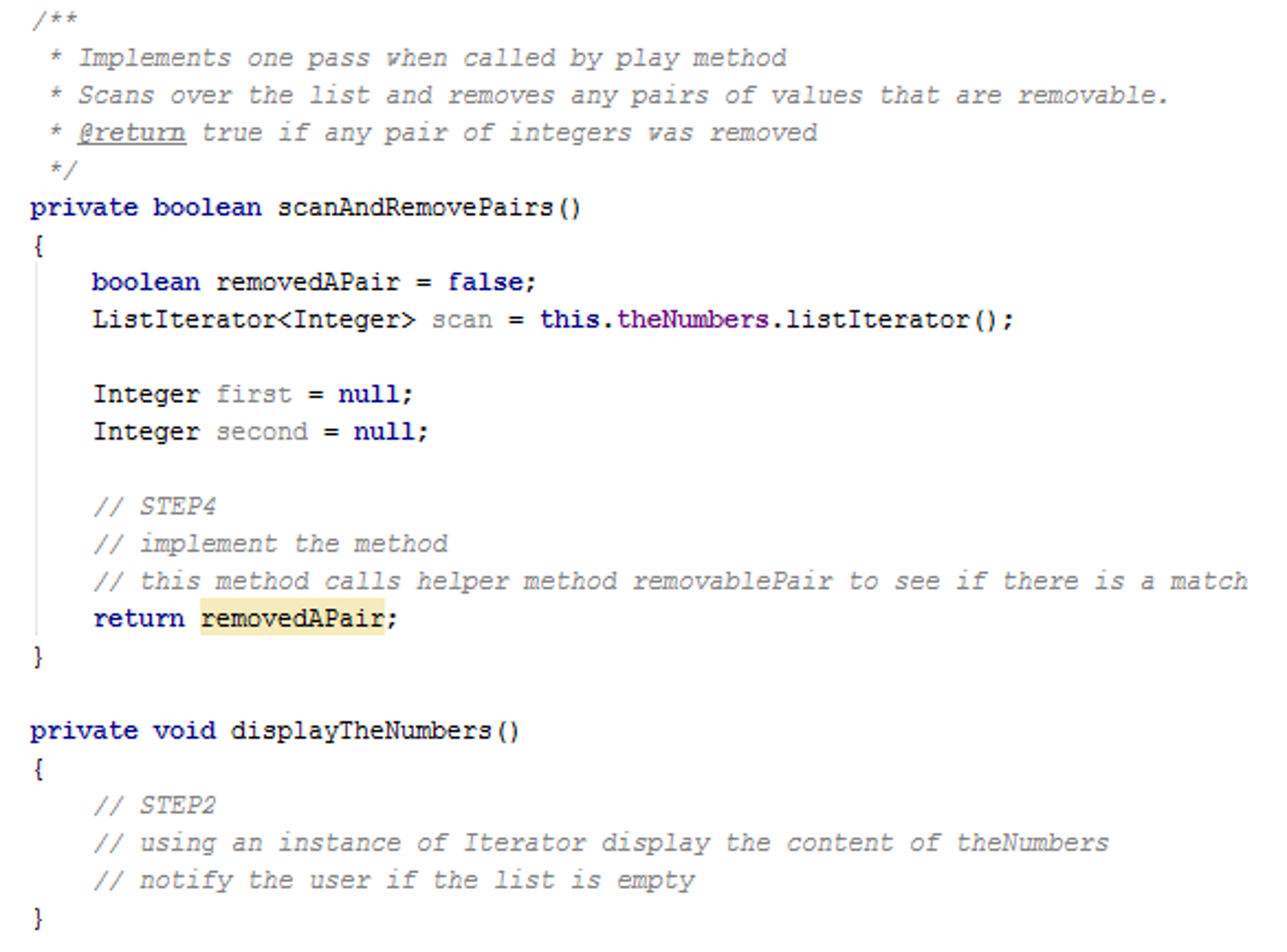

- JAVA BASIC DATA STRUCTURES HOW TO
- JAVA BASIC DATA STRUCTURES SOFTWARE
- JAVA BASIC DATA STRUCTURES PROFESSIONAL
- JAVA BASIC DATA STRUCTURES SERIES
In this course, you’ll learn about data structures, like graphs, that are fundamental for working with structured real world data. To solve such problems, we first represent the key pieces of data in a complex data structure.

How does Google Maps plan the best route for getting around town given current traffic conditions? How does an internet router forward packets of network traffic to minimize delay? How does an aid group allocate resources to its affiliated local partners?
JAVA BASIC DATA STRUCTURES SERIES
This course is designed around the same video series as in our first course in this specialization, including explanations of core content, learner videos, student and engineer testimonials, and support videos - to better allow you to choose your own path through the course!

This is an intermediate Java course, and we will build on your prior knowledge. The program you will build throughout this course allows its user to manage, manipulate and reason about large sets of textual data. You will apply asymptotic Big-O analysis to describe the performance of algorithms and evaluate which strategy to use for efficient data retrieval, addition of new data, deletion of elements, and/or memory usage. You will explain how these data structures make programs more efficient and flexible. In this course, you will use and analyze data structures that are used in industry-level applications, such as linked lists, trees, and hashtables.
JAVA BASIC DATA STRUCTURES SOFTWARE
We recommend this course to learners who have previous experience in software development or a background in computer science, and in particular, we recommend that you have taken the first course in this specialization (which also requires some previous experience with Java). Efficiency is critical, but how do we achieve it, and how do we even measure it? How do Java programs deal with vast quantities of data? Many of the data structures and algorithms that work with introductory toy examples break when applications process real, large data sets.

We’re excited you’re here learning with us. You can check out the recommended course schedule below to see a quick overview of the lessons and assignments you’ll complete each week. This course should take about 6 weeks to complete. Be sure to introduce yourself to everyone in the Meet and Greet forum. Click Discussions to see forums where you can discuss the course material with fellow students taking the class. Click Course Content to see what material we’ll cover each week, as well preview the assignments you’ll need to complete to pass the course. A good place to start is the navigation bar on the left. We also recommend taking a few minutes to explore the course site. The first module explains how this will work and if this course is right for you. We are excited to be offering a unique course structure, designed to support learners of different backgrounds in succeeding at their own pace. And this course is project-based, so we’ll dive right into the project immediately!
JAVA BASIC DATA STRUCTURES HOW TO
In achieving this goal you will also learn the fundamentals of Object Oriented Programming, how to leverage the power of existing libraries, how to build graphical user interfaces, and how to use some core algorithms for searching and sorting data. Our goal is that by the end of this course each and every one of you feels empowered to create a Java program that’s more advanced than any you have created in the past and that is personally interesting to you. We recommend this course to learners who have previous experience in software development or a background in computer science.
JAVA BASIC DATA STRUCTURES PROFESSIONAL
People come to this course with many different goals - and we are really excited to work with all of you! Some of you want to be professional software developers, others want to improve your programming skills to implement that cool personal project that you’ve been thinking about, while others of you might not yet know why you’re here and are trying to figure out what this course is all about. Welcome to our course on Object Oriented Programming in Java using data visualization.


 0 kommentar(er)
0 kommentar(er)
